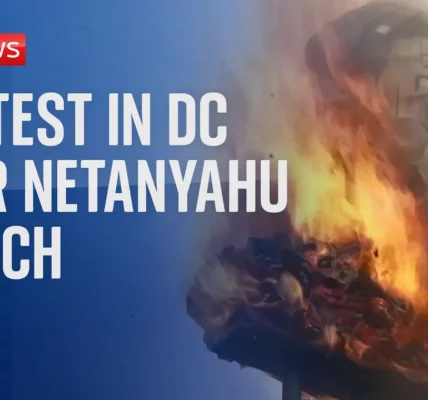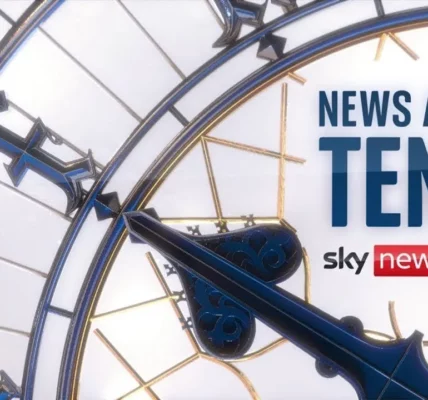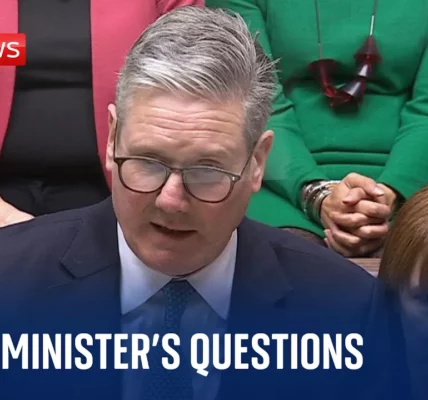Israel’s Military Movements and the Geopolitical Landscape

This article provides a comprehensive analysis of Israel’s recent military actions across the border, focusing on the implications for Hezbollah, Lebanon, and the broader Middle Eastern geopolitical landscape.
Introduction
The ongoing military operations by Israel have raised significant concerns regarding stability in the Middle East. As Israel moves troops into southern Lebanon, the situation has become increasingly complex, especially with Hezbollah’s entrenched positions and the looming influence of Iran. This article delves into the details of the military strategies involved, the historical context of the conflict, and the potential ramifications for the region.
Current Military Operations
Israel’s recent military incursion into Lebanon signifies a strategic move aimed at addressing threats from Hezbollah. The focus has been on the Matula region, where Hezbollah maintains a network of tunnels and rocket arsenals.
Terrain Challenges and Strategic Focus
The geographical features of the region play a crucial role in military strategy. The terrain is divided into two main parts:
- Western Border: Easier access towards the coast, allowing for more straightforward troop movements.
- Eastern Border: Characterized by mountainous landscapes, complicating military operations but housing significant Hezbollah infrastructure.
Military experts speculate that Israeli forces will concentrate their efforts in the eastern mountainous regions to counter Hezbollah’s influence.
Troop Deployment and Composition
Reports indicate that Israel may have deployed approximately 20,000 to 25,000 troops, primarily from the 998th Armored Division, renowned for their commando capabilities. This deployment is notably larger than in previous conflicts, reflecting a more aggressive military posture.
- 998th Armored Division – Leading ground forces.
- Potential involvement of up to 12 brigades, enhancing operational capabilities.
Mission Objectives
The primary mission appears to be the significant weakening of Hezbollah’s operational capacity:
- Push Hezbollah north of the Lani River.
- Disrupt their supply lines and operational networks.
- Establish a demilitarized zone south of the Lani River as per UN resolution 1701.
Implications for Lebanon
The military actions have profound implications for Lebanon, a nation already facing significant internal strife.
Displacement and Humanitarian Crisis
As military operations escalate, an estimated million people have been displaced, primarily from southern Lebanon to the north. This movement creates tension among different religious and ethnic groups within Lebanon.
Political Landscape and Historical Context
Lebanon’s historical experiences with conflict have made it particularly vulnerable:
- The destabilization began in the 1970s with the influx of Palestinian refugees.
- Multiple Israeli interventions have further complicated the political landscape.
- Hezbollah’s rise was directly linked to the Israeli invasion in 1982.
Today, the Lebanese government struggles to maintain control, and the presence of Hezbollah complicates its authority.
The Role of Iran
Iran’s involvement in the region cannot be overlooked, as it plays a crucial role in supporting Hezbollah.
Iran’s Strategic Interests
While Iran has historically supported Hezbollah, recent statements suggest a reluctance to engage directly in the conflict:
- Iran may prioritize low-risk strategies, using proxies to exert influence.
- There seems to be a power struggle within Iran regarding military engagement in foreign conflicts.
Nuclear Concerns and Regional Stability
The potential for Iran to develop nuclear capabilities adds another layer of complexity to the geopolitical landscape:
- Iran possesses enough uranium for a nuclear weapon.
- The potential for a nuclear test could drastically alter the balance of power in the region.
Israel views this as a pressing threat and may consider preemptive actions against Iran’s nuclear infrastructure, pending U.S. support.
Conclusion
The current situation in the Middle East remains precarious, with the potential for further escalation. Israel’s military operations aim to neutralize Hezbollah while navigating terrain challenges and international scrutiny. Lebanon faces a humanitarian crisis and political instability, exacerbated by these military movements. As Iran’s role evolves, the regional balance of power hangs in the balance.
To stay informed on this developing situation, consider exploring our related articles on Middle Eastern conflicts and the impact of Iran’s nuclear program.
“`




